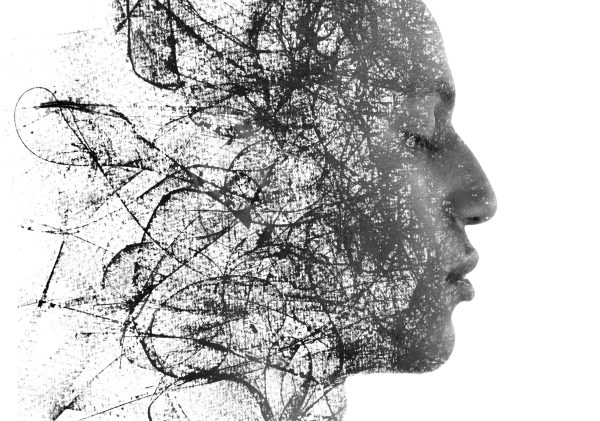
Take a moment, notice your breath. Are you breathing into your chest or your belly? In through your nose or mouth? Is your breath shallow or deep?
These sorts of questions used to annoy me. I often assumed that people who asked them were a bit stuck up, a bit too “granola” with the tendency to oversimplify things. As a somatic (body)-based therapist, I believed that the breath was important, but I thought of it as a supporting role rather than the main character.
It wasn’t until I went through a period of feeling intensely unbalanced—struggling with racing, intrusive thoughts, disrupted sleep, and big emotions I couldn’t quite shake—that I realized just how powerful the breath could be. I was doing my best to manage and regulate, but something still felt off.
Then, a friend invited me to a breathwork circle. I was curious, a bit hesitant, but I wanted to see if this might help me feel less stuck. During that first session, I sobbed like a baby alongside 5 others. Our heads resting together in a circle, I felt connected. My lips curled, my whole body buzzed, and I was amazed at how long I could hold my breath. For long stretches, my mind went completely quiet, a rare relief after months of constant overthinking.
 This one session did not “fix” me. It didn’t erase my anger and grief. But it did open a doorway into a new way of coping. When I practiced breathwork, my mind slowed. The challenge of breathing exhaustingly fast or achingly slow pulled me out of endless rumination and into the present moment.
This one session did not “fix” me. It didn’t erase my anger and grief. But it did open a doorway into a new way of coping. When I practiced breathwork, my mind slowed. The challenge of breathing exhaustingly fast or achingly slow pulled me out of endless rumination and into the present moment.
I became curious about the science of the breath, so I decided to enroll in a functional breathing certification program to deepen my understanding. I learned that carbon dioxide is a pivotal component of healthy breathing, and that the more tolerance we build for CO₂ in the body, the slower and calmer our breathing becomes. I discovered that mouth breathing at night can dehydrate the body, increasing nighttime bathroom trips and sleep apnea. I practiced techniques for alleviating nasal congestion, reducing anxiety, and mitigating the effects of panic attacks. I was struck by how much I didn’t know about the breath!
On average, we take around 25,000 breaths per day. Each one sends a signal to our nervous system, which reacts accordingly. Calm, slow diaphragmatic breaths cue safety and rest (parasympathetic). Shallow, rapid chest breathing (or holding our breath unknowingly) activates fight and flight (sympathetic) responses.
If we can tap into the breath, we can gently hack our nervous system. When I feel overwhelmed, stressed, or anxious, slow nasal breathing helps calm my racing thoughts. When I feel drained, lethargic, or sad, activating, fast-paced breathwork gives me a boost of energy that helps me move forward in my day. Breathwork isn’t a bandaid, it doesn’t make challenging emotions just disappear, but it helps me be with everything differently.
Now I use breathwork in almost every therapy session. Often, clients request it before I even suggest it! Many have told me they started practicing breathwork outside of our sessions, noting it has helped to reduce anxiety, slow intrusive thoughts, improve sleep, and increase feelings of calm. I love witnessing people discover this simple, ordinary and yet extraordinary tool they carry within them.
Curious to learn more? Check out the book Breath by James Nestor, explore the app Othership, or schedule a 1-1 breathwork coaching session with me!





